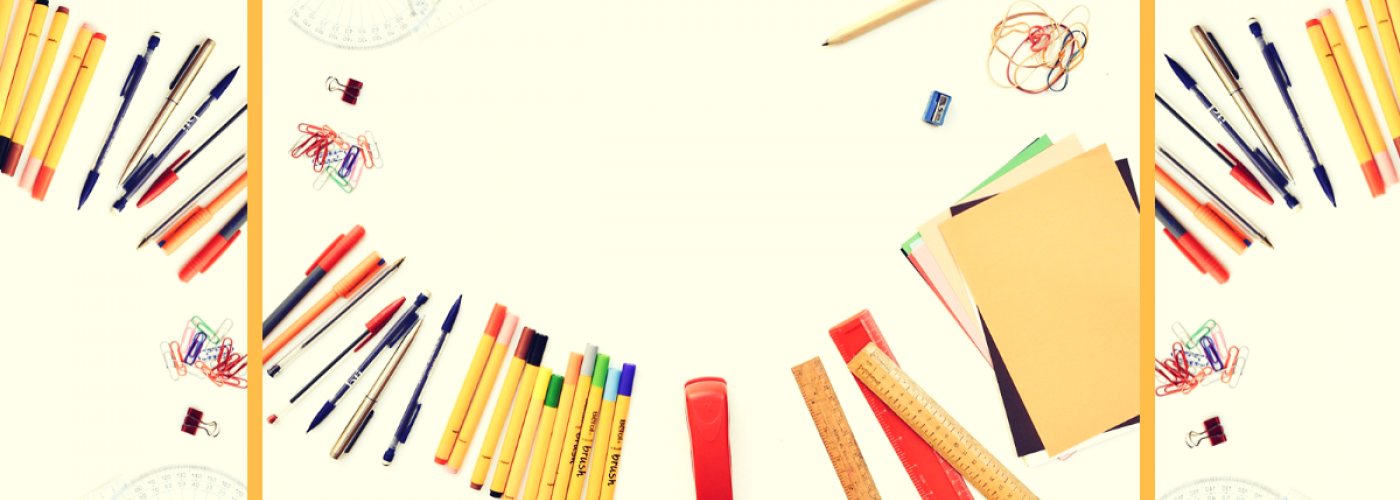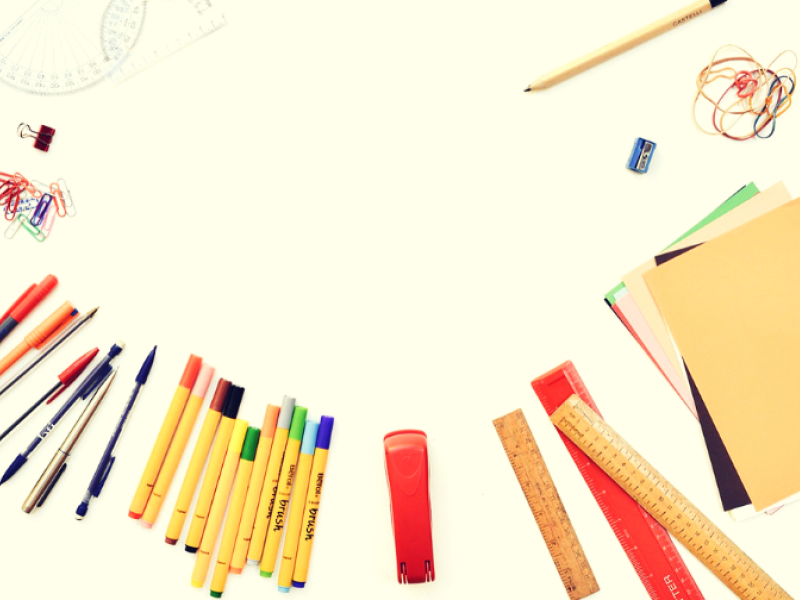16th October 2018
What do you do if your coursebook isn’t giving students what they need? If you are going to take things into your own hands and adapt or redesign teaching material, make sure that you make the most of the tasks you make. Material design is a bit of an art, but by following these simple steps, you can make your resources engaging, effective and useful, time and time again.
1) Consider the visual impact of your design
The first contact with a piece of material is an important moment for a learner. Research into learner preferences shows that most people view visual stimulus as an important part of how we learn. A couple of well-chosen images can go a long way to setting the context for language work, and makes for a quick and easy reference point for key vocabulary or other aspects of meaning.
A clear, well laid-out set of tasks is also important to an effective piece of material. The flow from section to section should be clear, there should be enough space for students to write what they need to, and it should be easy to see where one section finishes and another begins, especially if you are breaking it down into several smaller tasks on one sheet.
2) Order your tasks logically
Run through the language that you are expecting the learners to produce in the tasks you give them, and make sure that you either pre-teach any important words and phrases, or devote an initial section of the worksheet to check that students are able to work with them.
As a rule, as with the flow of information in a whole lesson, language work should start with more familiar, more restricted tasks such as gapfill, multiple choice or matching tasks. Once you have taken in the answers from these restricted activities in a feedback session, confirming that everyone is on the right track, the taskflow can move into less restricted tasks where students have to add more information from their language resource. Sentence completion or open answer questions are still quite restricted (they have right or wrong answers), but open up more language choices from the learners in how they answer.
Whatever language you are working with, it is a good idea to finish off with a final task which gets learners producing the language they are learning freely. A speaking prompt designed with the target language in mind will do this, as will a paragraph writing exercise where learners are expected to plan where they can use what they have learnt appropriately.
3) Differentiate your worksheets
A common issue with teacher-designed handouts is that they are samey and dry – answering question 1, then question 2… can get boring, so mix things up by designing different variations of the same tasks for different groups of students. If you have a mixed-level class, design simpler questions for weaker groups and more complex ideas for stronger learners. Alternatively, label worksheets A and B, and have students discuss their answers with a partner from a different group. This will enable more communication about the language use that has been demonstrated, peer correction and more analytical discussion.
4) Get feedback on your materials
Reflection is a key part of learning, so a good way of incorporating critical thinking and get some feedback on how students engaged with your self-designed resource, include a simple set of assessment boxes for students to rate how useful they found it. Ask about three or four aspects of the material (enjoyment, difficulty level, usefulness…) and adapt the design accordingly with another group of learners. This will also help them to reflect on their own learning, thinking about what they learn after the class.
5) Keep everything!
Designing materials takes time, and even if something doesn’t work, you can still adapt it to fit new classes, so make sure you keep everything you design. Make successful resources a part of your own personal library to adapt and repurpose, and build a stash of images and task types that fit certain language points well. In this way you will save time and effort in the long run, and have pull-out materials of all kinds if you are ever stuck for something to do at the last minute.
Overall, you are the best person to design activities for your learners – you can personalise to their profiles, teach to their needs and target the ways in which they prefer to learn. A coursebook will never be the best fit for everyone, so a library of self-designed materials is a goldmine for a busy teacher. Consider these design aspects, proofread everything and be prepared for things not to go to plan the first time – if they don’t, adopt, adapt and improve!
Want to get more involved with ongoing teacher development and training? Join one of our upcoming CPD sessions, meet a course trainer and gain valuable insights into the ELT industry.



